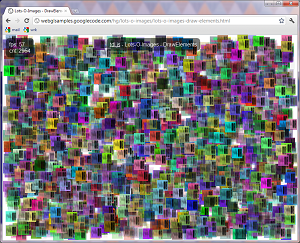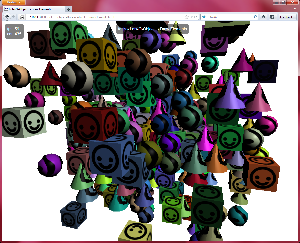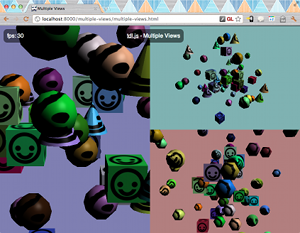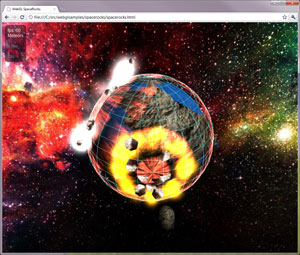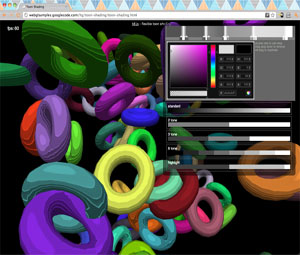A place to host and work on some WebGL sample applications. Feel free to contribute if you want.
Looking for the Google IO Samples? Google I/O 2011 WebGL Techniques and Performance Samples
By Greggman and Human Engines
You can also run the Aquarium synced across multiple machines. See here for more info.
By Henrik Rydg�rd
by Jasmine Kent Langridge
By Human Engines
By Greggman
By Greggman
By Henrik Rydg�rd
By Greggman
By Greggman
By Kenneth Waters
By Greggman
By Greggman
By Greggman
By Greggman
By Greggman
By Greggman
By Ken Russell
By Greggman
By Joshua Trask
By Greggman
By Oguz Eroglu












